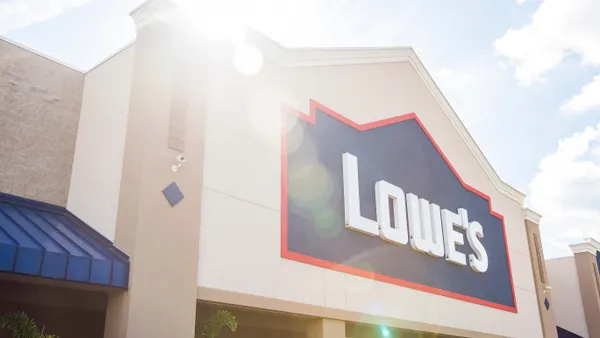Dive Brief:
- Adidas hired Aditi Wanchoo eighteen months ago for a single purpose: Help the company eradicate modern slavery from its supply chain, Thomson Reuters Foundation reported Wednesday.
- Wanchoo is betting a focus on technology will do the trick. She hopes providing resources like hotlines and apps to distressed workers in Tier 2 and Tier 3 facilities will allow greater anonymous reporting of rights violations. With apps, the company can use data to then analyze problems for trends.
- Thus far, adidas has established worker hotlines accessible to roughly 300,000 factory workers in China, Indonesia, Vietnam and Cambodia, piloted an app in China and intends to offer similar options at the company's approximately 105 main factories, and eventually further upstream.
Dive Insight:
"Well-meaning but often times poorly-informed consumers, NGOs and media lack the understanding of the amount of leverage companies actually have to effect change, especially in their upstream supply chains," Wanchoo wrote in a contributed piece for Thomson Reuters last month.
For decades, globalization and industrialization led the apparel supply chain down an unsustainable path to the cheapest good available, leading many to accept poor working conditions in exchange for cheaper prices. It's the way it is, but it's not the way it has to be, as adidas showed in appointing a senior manager directed to combat such practices.
Wanchoo's interview and contributed piece reveal there's plenty a company can do independently to correct the trend. The first step is establishing visibility: mapping the supply chain, and the societal or environmental risks associated with it. The second, is creating standards and working with suppliers to meet these. Identifying areas of concern is a critical step to addressing them, after all.
However, a company cannot rely simply on an auditor, a code of conduct, or even good supplier relationships as such data can be easily corrupted, or conduct violations quickly masked upon audits. A simple example: An audit question may ask if there are any underage workers at a factory. But if the legal age to work in Bangladesh is 14, will the auditor know to check off that box? Or be able to tell a 12- from a 14-year-old?
"The need of the hour is an eco-system and not a single-actor response," writes Wanchoo.
This ecosystem includes the workers. Hotlines and apps provide an anonymous and direct line to the people potentially suffering from problems at a factory. Knowing the issues workers face, executives can then take them to suppliers and work to correct them. A look at any sustainability report will reveal companies boasting how they got more women to work, improved healthcare, or other such softer metrics for factory conditions.
Establishing a position for eradicating slavery makes a statement, but is only as effective as its results. Will an app be truly effective if a worker does not have a smartphone? Cultural and workforce barriers persist, too, which may stop laborers from reporting any abuse. Wanchoo and adidas are pioneering an effort that could serve as a model for others.
The lesson learned is not about the company's use of technology, however, but rather the focus on a full-stakeholder audit of supply chain conditions that gives a voice to workers.













